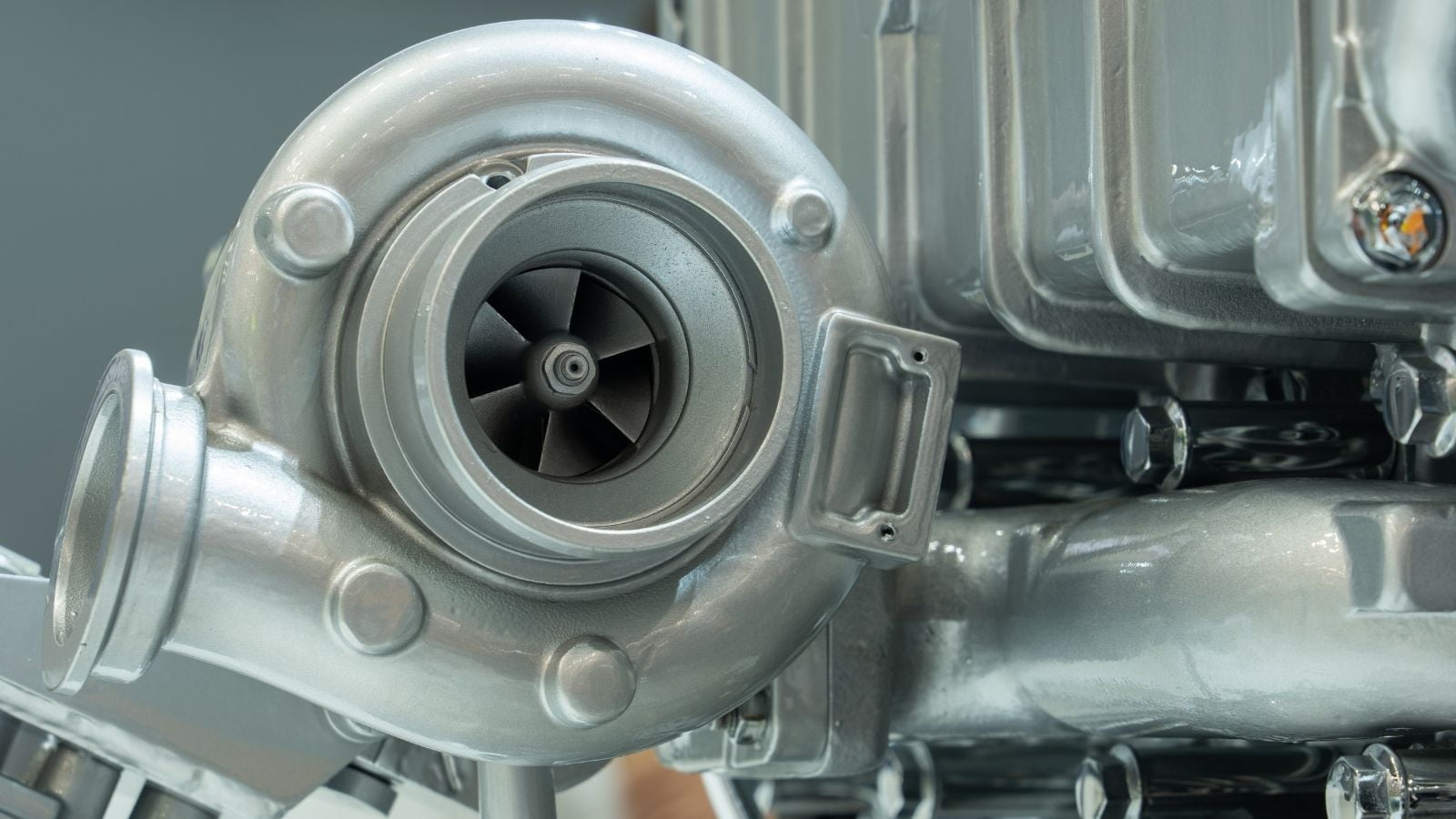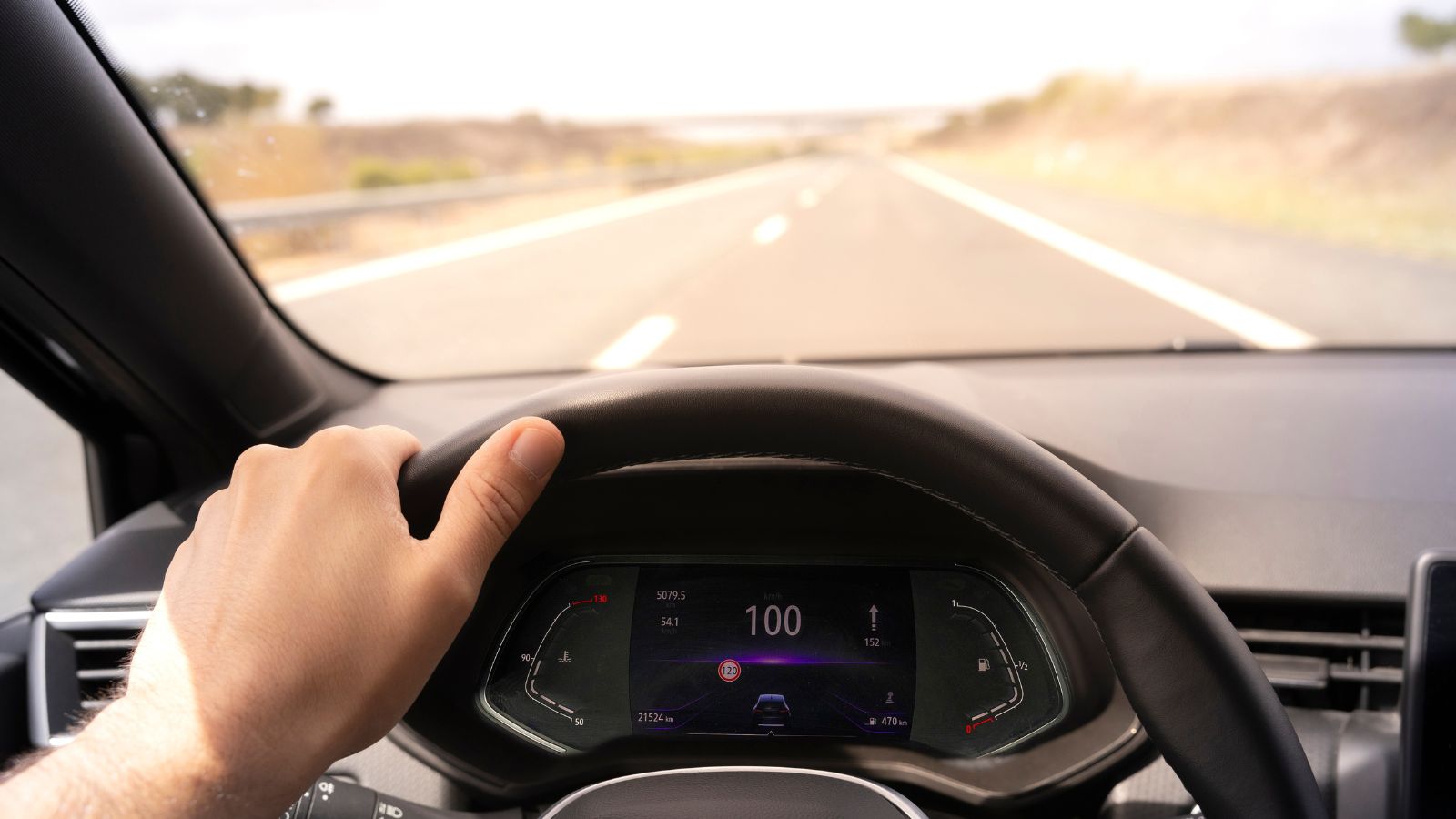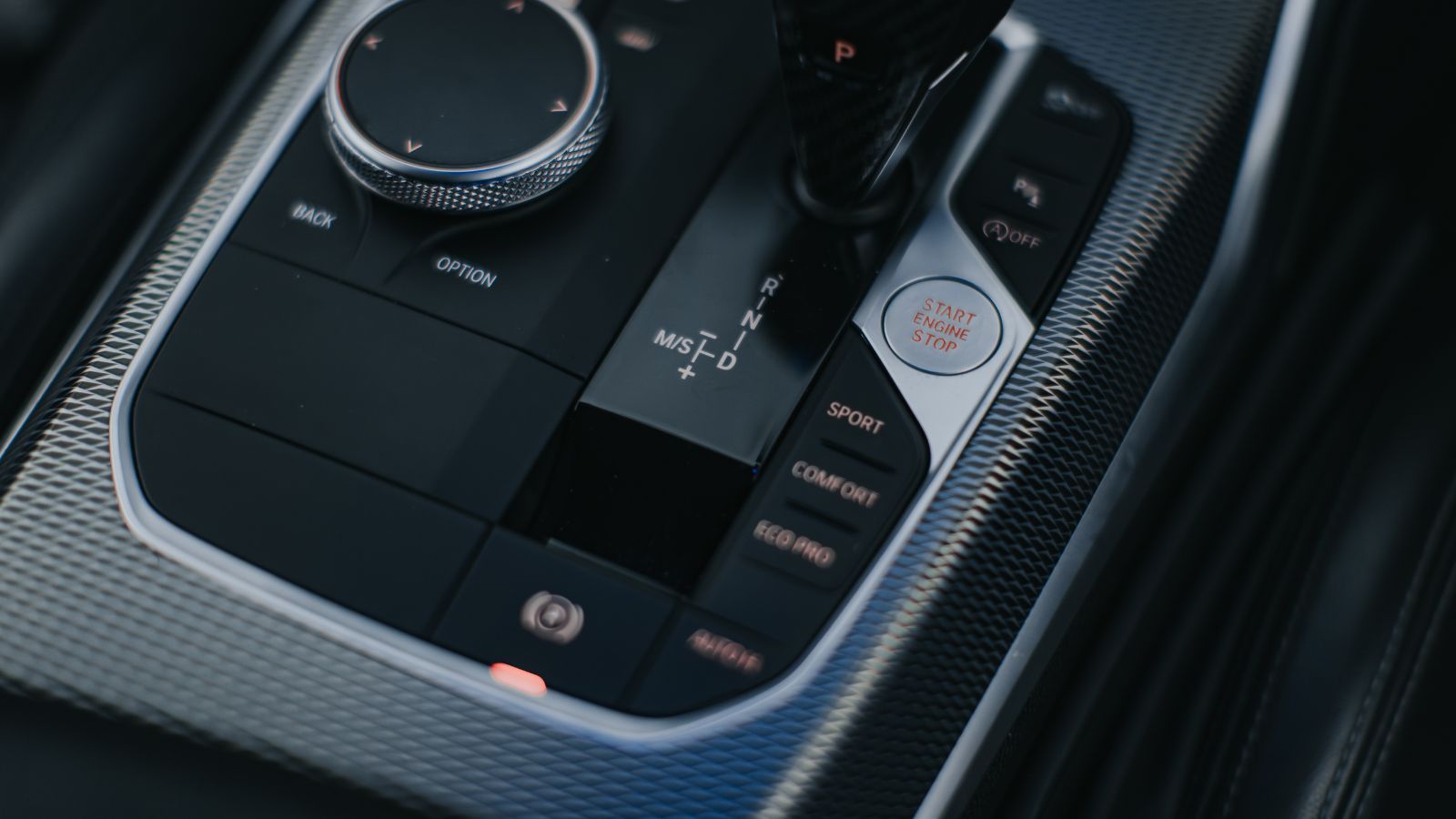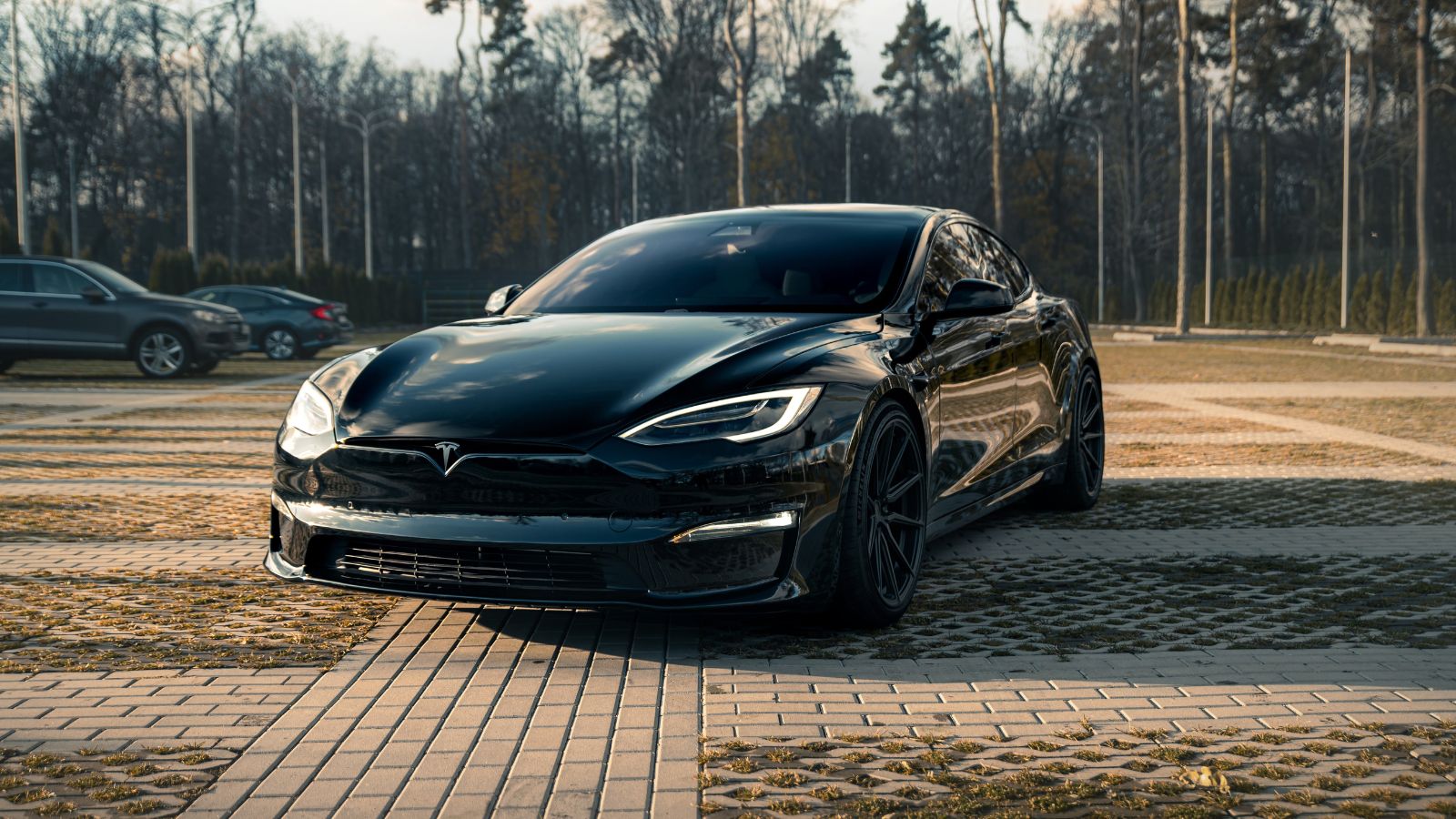Everyday drivers rarely see more than 80 mph on their speedometers, yet modern cars are capable of speeds well beyond anything legal on public roads. Even humble family sedans like the Toyota Camry can surpass 130 mph, while performance cars routinely break 180. It’s a curious contradiction: automakers sell machines that far exceed the speed limits society enforces. But there are deep technical, psychological, and cultural reasons behind why cars continue to be built this way and why that’s unlikely to change anytime soon.
Engineering Efficiency and Safety Margins

From an engineering perspective, top speed isn’t just about thrill it’s about balance and longevity. Cars are designed with a performance envelope that includes acceleration, cruising, and durability. If an engine was built to max out at highway speeds, it would operate constantly at high stress levels, reducing efficiency and reliability. Giving a car the ability to go faster means it’s working below its limits most of the time. That translates into smoother performance, better fuel economy, and longer engine life.
Another factor is aerodynamics. As speeds increase, drag grows exponentially, requiring more power to maintain stability. Engineers design systems cooling, suspension, transmission ratios that can handle those loads safely. The extra performance capability provides a margin for situations like overtaking, steep climbs, or towing heavy loads, where a surge of power can make driving safer rather than riskier.
The Legacy of Performance Heritage

For many automakers, performance is part of their DNA. Brands like Porsche, BMW, and Ford have decades of racing history, and their road cars reflect that lineage. Engineers who build Le Mans or DTM race cars are often the same minds behind consumer performance models. Limiting a car to the legal maximum would betray that heritage and dull the brand’s image.
Even mass-market brands borrow from racing credibility. Toyota’s Gazoo Racing division, Honda’s Type R program, and Dodge’s SRT line exist to transfer motorsport excitement into showroom appeal. The high top speed becomes a symbol of engineering capability. It tells buyers that the car isn’t just transportation it’s a precision tool built with performance in its blood. Whether or not anyone uses that potential, it’s a statement about what the car could do.
Marketing Power and Consumer Psychology

Speed has always sold cars. It’s embedded in decades of advertising that celebrates freedom, dominance, and rebellion. A high top speed creates the illusion of unlimited capability. Most drivers will never come close to 160 mph, but knowing their car can reach it satisfies a deep emotional urge tied to autonomy. It’s part of the appeal that cars offer freedom without limits.
Manufacturers understand this psychology perfectly. That’s why even midrange vehicles often feature oversized speedometers marked far beyond legal limits. It’s visual marketing, a subtle reminder that the car has reserves of power waiting to be unleashed. A vehicle capped at 90 mph would feel neutered in comparison, even if no one actually drives that fast. Automakers know that performance sells status as much as speed.
The Role of Global Markets

Speed limits are not universal, and car design rarely caters to just one country. Germany’s autobahns still feature unrestricted sections where high-speed travel is legal, so vehicles built for global sale need to handle those conditions. Engineering separate versions for each region would be costly and inefficient, so most manufacturers produce one performance baseline that meets all international standards.
Even beyond Germany, markets like the Middle East and certain parts of Australia have open, high-speed highways. Those buyers expect full performance potential, not region-specific restrictions. It’s easier and cheaper for companies to build all cars to the same global spec, then apply electronic limiters where necessary. The U.S. might not need 155 mph capabilities, but the engineering decisions are driven by the global marketplace, not local law.
Electronic Limiters and Liability

Most cars aren’t actually allowed to hit their true mechanical top speeds. Instead, electronic limiters step in to cap performance. These are set for safety and liability reasons usually tied to tire ratings or drivetrain limits. If a vehicle’s stock tires are rated to 130 mph, the limiter ensures the driver can’t exceed that threshold and risk a blowout.
German automakers famously agreed to limit their cars to 155 mph, a tradition that persists today among BMW, Mercedes-Benz, and Audi. It’s not because the cars can’t go faster they often can but to balance performance with safety and corporate responsibility. American cars follow similar logic. A pickup or SUV might have the power to reach 140 mph, but it’s typically limited around 110 for stability reasons. These artificial caps maintain safety while keeping marketing appeal intact.
The Competitive Arms Race

There’s also an undeniable element of one-upmanship in the car industry. Top speed, horsepower, and 0–60 mph times have long been shorthand for performance bragging rights. Automakers use these figures in marketing battles that shape consumer perception. A Mustang GT capable of 168 mph isn’t about practicality it’s about beating the rival Camaro on paper.
Even non-sports models benefit from that competition. A mid-tier sedan boasting 140 mph capability seems more advanced than one topping out at 115. It’s a numbers game that feeds media reviews, social media buzz, and dealership conversations. Those figures help justify pricing and reinforce brand hierarchy. High top speed is as much about ego as engineering, and manufacturers know it sells.
The Future: Speed Meets Software

Electric vehicles are rewriting the rulebook. EVs can deliver instant torque but are often limited to lower top speeds to preserve efficiency and range. However, performance EVs like the Tesla Model S Plaid and Lucid Air prove that speed remains a selling point. These cars are capable of exceeding 200 mph, even if few owners will attempt it. Software-based limiters now manage not only safety but battery health and cooling performance, giving engineers precise control over how and when power is delivered.
As vehicles become more connected, top speed may become a configurable feature adjusted by driving mode, subscription, or even region. Some carmakers are already experimenting with “dynamic speed caps” that adapt based on conditions or driver profiles. But no matter how advanced the software becomes, one thing won’t change: the psychological appeal of excess capability. Speed, even theoretical speed, is still baked into the culture of driving.
The Symbolism of Speed

Ultimately, the reason consumer cars can exceed legal limits comes down to what cars represent. They’re not just tools for transport they’re extensions of independence, technology, and ambition. A car’s top speed is less about defying the law and more about expressing what’s mechanically possible. It’s a benchmark of progress, a reminder that engineering still has room to dream beyond regulations. Even in a world where most roads say “slow down,” the cars we build continue to whisper, “you could go faster if you wanted to.”
25 Facts About Car Loans That Most Drivers Don’t Realize

Car loans are one of the most common ways people fund car purchases. Like any other kind of loan, car loans can have certain features that can be regarded as an advantage or a disadvantage to the borrower. Understanding all essential facts about car loans and how they work to ensure that you get the best deal for your financial situation is essential. Here are 25 shocking facts about car loans that most drivers don’t realize:
25 Facts About Car Loans That Most Drivers Don’t Realize
